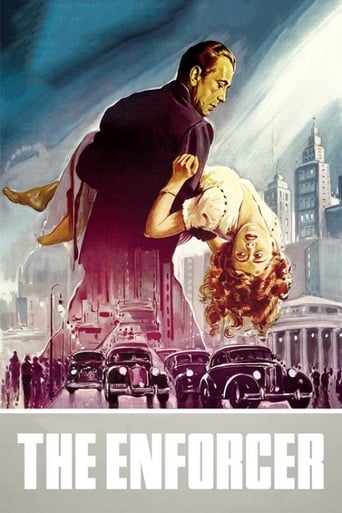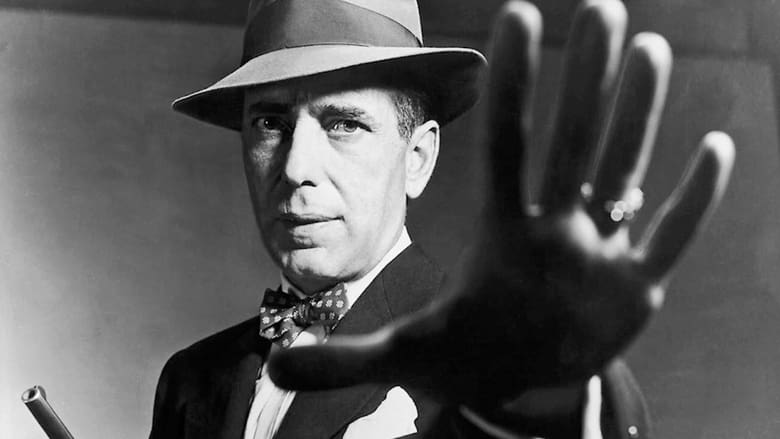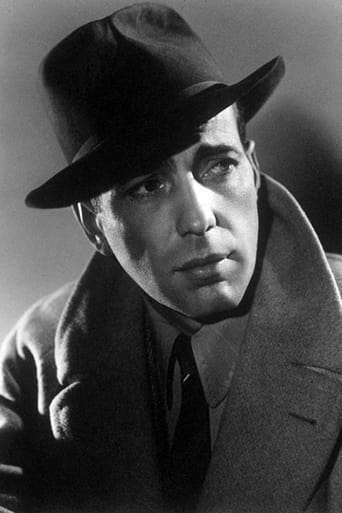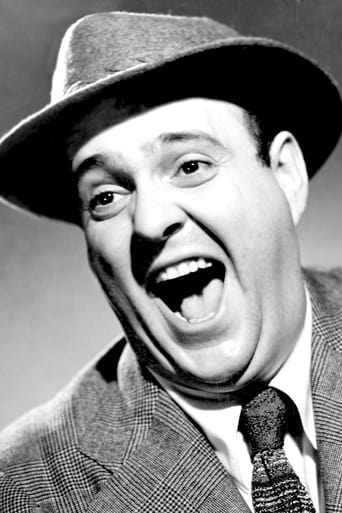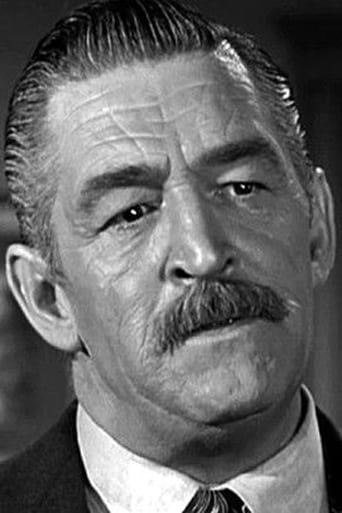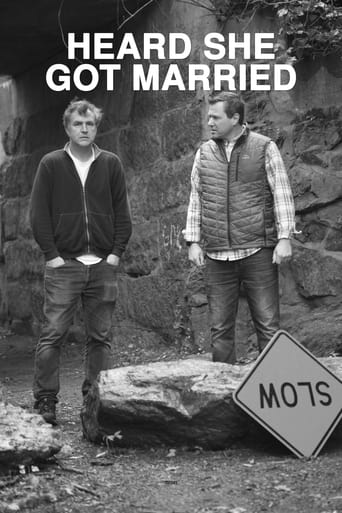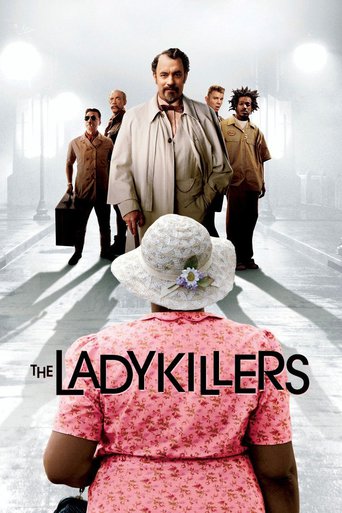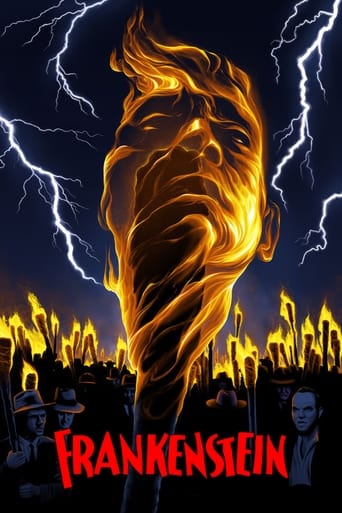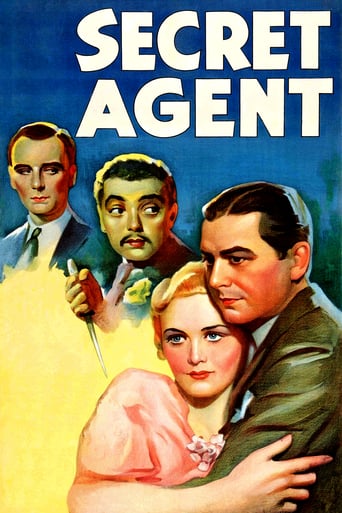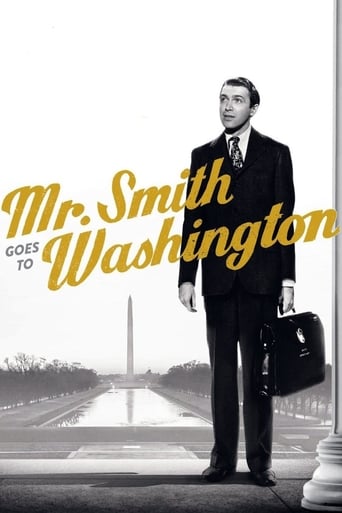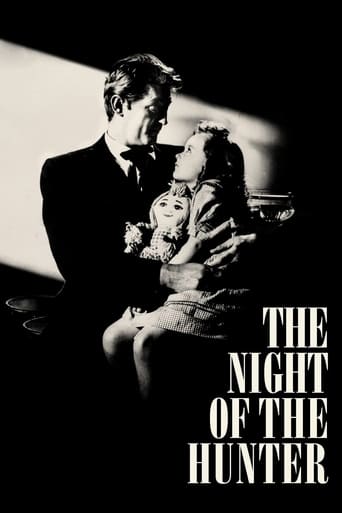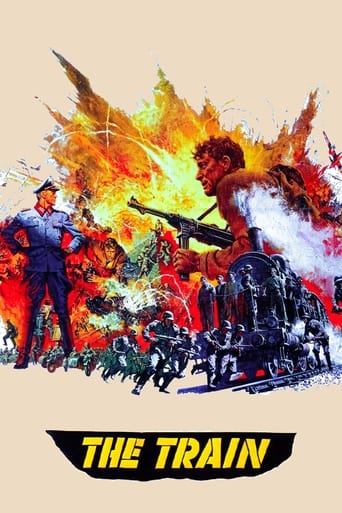The Enforcer (1951)
After years of investigation, Assistant District Attorney Martin Ferguson has managed to build a solid case against an elusive gangster whose top lieutenant is about to testify.
Watch Trailer
Cast


Similar titles
Reviews
The Enforcer (1951)Humphrey Bogart makes this film, and if you like him, you'll love this. If you don't know or care about Bogart, you'll see what he's all about here. The rest of the film is good, very good, but it's standard fare. And it has a few moments of just incredulous stuff, like toward the beginning when they are protecting a key witness and they ignore the obvious problem of having the witness sit in front of a window across from a hotel. Naturally, a sniper takes a shot at him. I won't say whether he succeeds, but it sets you up to be suspicious of the director and writer from there on.But there's Bogie, the relentless investigator. He needs to put a terrible crime boss in the chair, and sets off to find proof against him, running up against mobsters who seem to be one step ahead, covering up or wiping out (with bullets) anything or anyone who might know something. It's good stuff, but not great stuff. Director Bretaigne Windust had done some Broadway and a couple of films, but he doesn't pull this together. I'm surprised a Bogart film at the top of his career was handled by Windust, but at this time Bogart had been battling the Hollywood Communist lists and blacklists, and he got his independent Santana production company going, and I'm guessing that he was working against a lot of the Hollywood mainstream at this point (as was John Huston, who used Bogart in "African Queen" the next year). But this is Bogart at his best, really, just after "Treasure of the Sierra Madre" and "In a Lonely Place." The photography is first rate (Robert Burks was by this point doing a whole bunch of Hitchcock films, too). In all, a decent, well made if unexceptional film.
"The Enforcer" is a gripping tale about an investigation into the activities of a crime syndicate boss and the efforts of an Assistant D.A. to bring him to justice. The criminal in question was the head of a group of contract killers who carried out murders to order and avoided detection because their operatives never had any connection with their victims and so there were never any known motives or obvious leads for the authorities to follow up in their investigations. This concept, although very familiar to audiences today, was something very topical at the time of the film's release and also a matter of great public interest.In the period immediately before the release of "The Enforcer", Senate Committee hearings on organised crime were chaired by Senator Estes Kefauver. These hearings were given national television coverage during a period when the medium was very new to most viewers and the revelations about the pervasive nature of organised crime and the existence of the outfit known as "Murder Incorporated" attracted extremely large audiences. It was during these broadcasts that the general public first became aware of some of the jargon used by hired killers and "The Enforcer" is credited as being the first movie to feature the words "contract", "hit" and "fingerman" in this context.After a four year investigation into the activities of crime boss Albert Mendoza (Everett Sloane), Assistant D.A. Martin Ferguson (Humphrey Bogart) has a witness who has agreed to testify that he saw Mendoza kill a man. When the witness, Joe Rico (Ted de Corsia), dies suddenly as the result of an accident, Ferguson and Police Captain Frank Nelson (Roy Roberts) undertake a meticulous review of their investigation to date to try to find another piece of information which could lead to them being able to get Mendoza convicted.The case files confirm that the investigation started when a frantic young man called "Duke" Malloy (Lawrence Tolan) visited a police station and reported that he's been forced to kill his girlfriend. It transpired that he was a hired killer who'd fallen in love with his intended victim and when he'd initially refused to go through with the job, he'd been pressured by other gang members into completing the contract. The overwrought Malloy hanged himself in a police cell and the investigation that followed involved police officers in gathering information from a variety of people including Malloy's fellow gang members.Ferguson and Nelson's review eventually brings to light the name of another person who would be a perfect witness but unfortunately Mendoza becomes aware of this person's identity at the same and this leads to a desperate race against time for the police to find the potential witness before Mendoza's men do.The movie's structure is interesting as an account of the police investigation is given in flashback with the stories of each of the interviewees often constituting a flashback within a flashback. The action is delivered with a good deal of pace and tension and despite the story's closeness to real events, the movie's style is always entertaining and not overly solemn in the way that some docu-noirs can be.The colourful collection of characters featured in "The Enforcer" are brought to life vividly by the excellent cast and Humphrey Bogart is especially good as a man who is extremely determined and powerfully focused on his task but is nevertheless also very controlled and methodical when necessary.
In 1960 there was a movie called Murder Inc., telling the story of that infamous organization. The book by that name actually came out in 1951 and also inspired this movie. Humphrey Bogart plays the Burton Turkus character, who was so successful in putting away many of the members of Murder Inc. and sending to the electric chair the only major mob boss ever to be executed, Louis (Lepke) Buchalter. Turkus was an assistant district attorney in Brooklyn who became known to the mob as Mr. Arsenic because of his incorruptibility and ability to convict organized crime figures. He was also referred to in the press as the only honest man in New York City, an exaggeration, but perhaps only a slight one. Even Turkus' old boss, William O'Dwyer, who rode Turkus' good work into election as the city's mayor, was later forced to resign among charges of massive corruption and mob connections. Everett Sloane is excellently cast as the brilliant, brutal Lepke like character, a small, slight, but terrifying man, who one policeman described as having the eyes of a doe.The movie is wonderful in revealing to audiences of the day the machinations of the mob. We see that these are not men of honor, but in reality a society of hoodlums whose every move is motivated by a desire to enrich and empower themselves, and where the rule for bosses on the run is kill everyone, friend and foe alike, who could conceivably incriminate them. We also see how the mob, now concerned about electronic surveillance has come up with code words like contract and hit to confuse law enforcement.Bogart's device of confronting the incarcerated Sloane with reminders of his victims almost backfires, but instead sets up the film's climax as it demonstrates the long reach possessed by crime chieftains even behind bars. And though seemingly all of his witnesses have been murdered or otherwise neutralized, we see a way for Bogart to eventually prosecute his protagonist.One moment in the film that is simultaneously comic and chilling comes when Rico is on the way back from a murder. Riding in the back of a truck with the victim in a laundry cart that is nearby, Rico, who is the chief, looks at one of his subordinates, Vince, who is acting very nervously. Concerned about a possible weak link, he turns to Vince and says, "You know, I think there's room for you in the basket too." With that he casually kills the man, as the group of thugs just calmly continue on.In real life Lepke does get executed along with two of his chief henchmen, Mendy Weiss and Louis Capone (no relation to Al). Loyal to the end both men chose the same final meal as the boss, a chicken dinner.
Bogart may be the star, but it's De Corsia who supplies the vitality. The opening sequence remains a riveting case study in wild-eyed fear, as Rico (de Corsia) sweats a bucket load even though he's safely behind police walls. He's got good reason to sweat. The real life character that Rico appears based on, Abe "Kid Twist" Reles, ended up dead in police custody, somehow falling from a fifth story window before testifying against Murder Inc. How convenient.This may not be the Warner Bros. of the 1930's, but it's still fast, tough, and unsentimental. And when killer Digger lets out a yelp knowing his turn has come, I was chilled to the bone and without need of fancy special effects. If the first 15 minutes amounts to paranoia run amok, the last amounts to suspense in spades as a cold-eyed killer stalks an unsuspecting girl along crowded city streets.What a great cast of character parts-- plug-ugly psycho Jack Lambert all wrapped up in ice and apparently loving it; Fatso Zero Mostel auditioning as an assassin but serving as a kick-me doorstop instead; and a menacing Bob Steele brandishing a revolver instead of his usual six-gun, along with such familiar yet unsung faces as police chief Roy Roberts and detective King Donovan who gets an unscheduled face wash and without a towel. District attorney Bogart's good too, blending in nicely instead of trying to hog the screen as major stars sometimes do.No romantic clinches here, just a chilling tale about an ambitious guy with a bright idea that can't be advertised in the Yellow Pages. Things get pretty complicated trying to fit the flashbacks into the unfolding events, but it all comes together in the end. Can't say I was impressed, however, by the key that unlocks the puzzle. Seems pretty far-fetched and certainly wouldn't work in these days of colorized contacts. Nonetheless, this is a surprisingly tense and uncompromised look at touchy subject that's since become familiar, but still merits a look-see.

